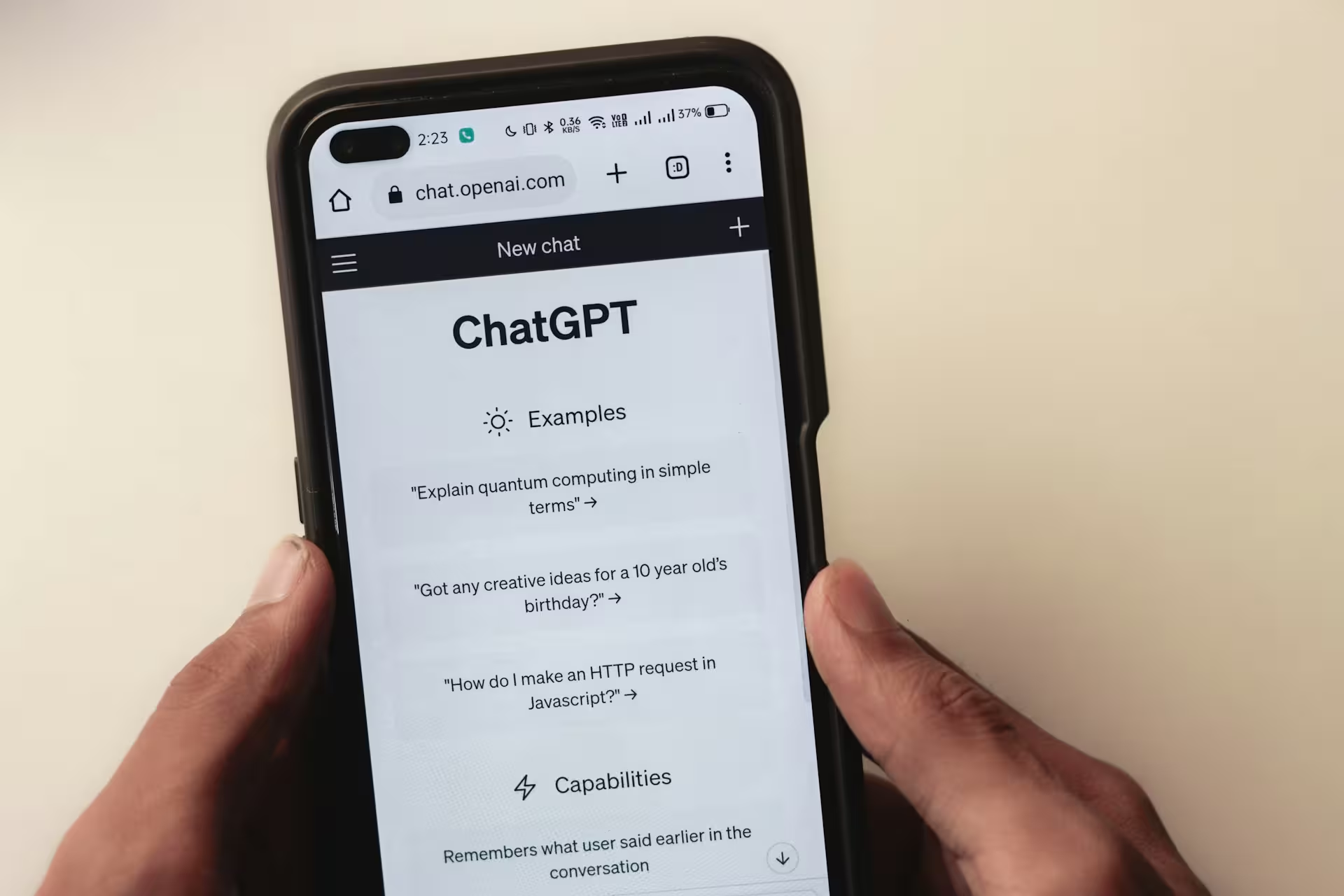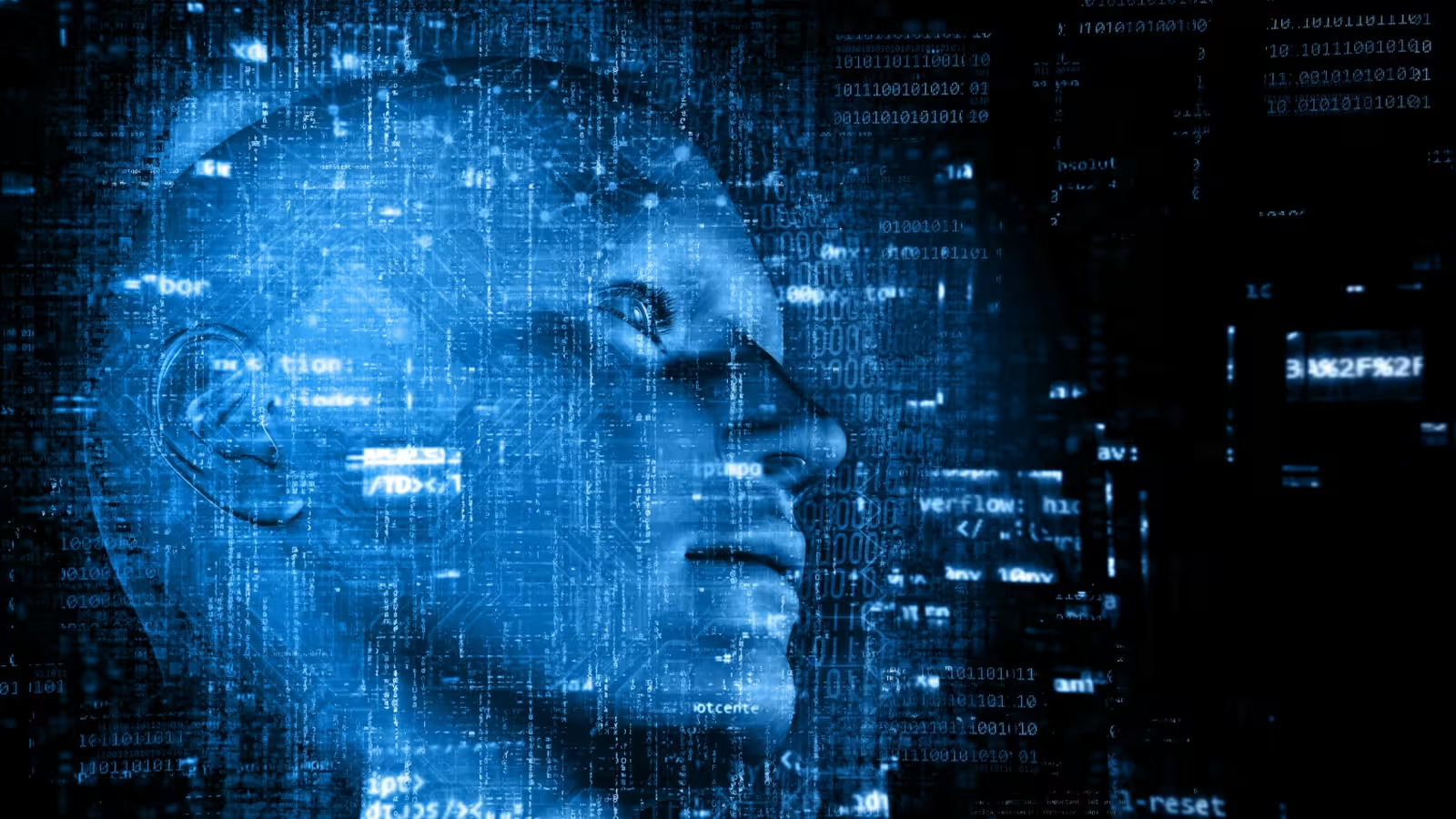7 Minutes
AI Chatbots: The Hidden Technology Powering Everyday Conversations
Artificial intelligence chatbots, such as ChatGPT, have rapidly integrated into our daily lives—whether for customer support, content generation, or personal productivity. But how do they actually function under the hood? As these digital assistants reshape human-computer interaction, understanding their true capabilities and limitations is essential for tech-savvy users and businesses alike.
In this in-depth feature, we uncover five eye-opening facts about AI chatbots, demystifying the advanced technology, learning processes, and operational quirks that define groundbreaking products like ChatGPT, Google Gemini, and Anthropic’s Claude.
1. Human Feedback Is Essential to Their Intelligence
While AI chatbots are built atop cutting-edge language models, it’s ultimately human expertise that guides their development. The process starts with pre-training on enormous volumes of text data, allowing models to predict the next word in sentences and develop a nuanced understanding of language, facts, and logic.
But left unchecked, this raw capability can produce unsafe or biased responses. To make AI chatbots helpful and ethical, companies rely on teams of human "annotators." These annotators review and rank chatbot outputs, steering them toward socially responsible and accurate answers via a refinement process known as alignment. Without this step, chatbots could easily share misinformation or harmful content, especially when asked controversial or sensitive questions.
OpenAI, for instance, keeps details of its annotation workforce confidential, but it’s clear that maintaining a moral and ethical compass is crucial. Annotators ensure neutrality and factual accuracy by rating and filtering responses, often addressing tricky queries about politics, ethnicity, and safety. As a result, ChatGPT and its peers respond to sensitive topics with balanced, inclusive perspectives, highlighting AI’s reliance on human guidance.
2. Language Processing Happens Through Tokens, Not Words
A common misconception is that AI chatbots "think" like humans, processing language word by word. In reality, they work with tokens—smaller units that may be entire words, subwords, or even chunks of characters. This tokenization process breaks input into manageable pieces, allowing large language models to process and generate complex language patterns efficiently.
Most state-of-the-art chatbots today, like ChatGPT, have token vocabularies ranging between 50,000 and 100,000. However, tokenization sometimes leads to surprising fragmentation: the phrase "ChatGPT is marvellous" might become tokens like "chat", "G", "PT", " is", "mar", "vellous", rather than simple word-based chunks. This quirk of AI language processing can occasionally lead to unexpected behavior or subtle misunderstandings, especially with unique words, technical terms, or different languages.
3. Knowledge Is Always Outdated—Unless They Search the Web
Despite their advanced capabilities, AI chatbots don't update themselves in real time. Every AI chatbot relies on a knowledge base that ends at its "cutoff" date, determined by the last point its data was updated. For instance, the current version of ChatGPT includes information only up to June 2024. Any developments after this cutoff—be it new scientific discoveries, political changes, or pop culture moments—are outside its direct knowledge.
To bridge this gap, many advanced AI chatbots integrate web search engines. If you ask ChatGPT about events after June 2024, it utilizes Bing’s AI-powered search function, quickly analyzing up-to-date web content before responding. The chatbot then filters these results based on reliability and relevance. Even so, AI researchers agree that frequently updating large-scale models remains an unsolved—and costly—challenge. New GPT versions bring updated knowledge, but instant, ongoing learning is not yet possible.

Product Comparison: ChatGPT vs. Gemini vs. Claude
Most major AI chatbots now offer web search integrations. OpenAI’s ChatGPT leverages Bing, Google Gemini taps into Google Search, and Anthropic’s Claude uses its unique research tools. Each method has advantages and trade-offs in speed, breadth, and information accuracy—but none provide true real-time world knowledge.
4. Hallucinations: The Persistent Challenge for AI Accuracy
A notorious limitation of current-generation AI chatbots is their tendency to “hallucinate”—that is, confidently generate false, misleading, or nonsensical statements. This issue stems from their underlying design: AI chatbots generate responses by predicting word patterns, not by verifying facts. As a result, plausible-sounding but incorrect answers can slip through, especially when handling unfamiliar contexts or rare topics.
Fact-checking features help reduce hallucinations. For example, ChatGPT’s Bing search integration and explicit prompts like “Cite peer-reviewed studies” encourage more reliable answers, but can’t eliminate mistakes entirely. Users might receive academic-looking explanations and even citations, but sometimes these link to incorrect or non-existent sources. Experts recommend treating AI-generated information as a useful starting point—never as infallible truth.
Use Cases: Where Hallucinations Matter Most
Fields like medical advice, legal research, and academic writing require precise accuracy. Here, hallucinations can cause major problems—underscoring the importance of human review and external fact-checking when deploying chatbots in critical environments.
5. Advanced Reasoning: How Chatbots Solve Complex Math Problems
Modern AI chatbots now excel at "chain-of-thought" reasoning—solving problems step-by-step rather than jumping straight to an answer. For arithmetic, ChatGPT can deconstruct a query such as "What is 56,345 minus 7,865 times 350,468?" and correctly solve it by first multiplying, then subtracting, just as a human would.
Behind the scenes, chatbots use integrated calculators to execute precise computations, compensating for the inherent weaknesses of language models in pure math. This hybrid approach blends linguistic intuition with robust mathematical logic, extending the usefulness of AI assistants to scientific, engineering, and data analysis applications.
Advantages: Reliability and Transparency in Calculations
This reasoning ability makes AI chatbots invaluable for professionals who need quick, accurate computations within the flow of broader conversations—something traditional search engines or calculators struggle to provide.
Market Relevance: Why AI Chatbots Matter Today
The evolution of AI chatbots like ChatGPT represents a paradigm shift in human-technology interaction. Their ability to converse naturally, process information intelligently, and perform sophisticated tasks positions them at the forefront of digital transformation across industries—from customer service and education to software development and market research.
However, understanding their inner workings, strengths, and current limitations is crucial for maximizing their value and avoiding potential pitfalls. As AI chatbots continue to evolve, staying informed about their technology foundations will help users—both individuals and enterprises—leverage these tools responsibly and effectively.
Key Takeaways
- AI chatbots depend on human guidance for safe, unbiased conversations.
- They interpret language through tokens, not strictly by words.
- Up-to-date knowledge relies on web searching; internal data has a cutoff.
- Accuracy challenges persist—always fact-check critical outputs.
- Integrated calculators enable reliable multi-step math and logic tasks.
As AI chatbots reshape the digital landscape, a deep comprehension of their mechanics empowers users to harness their full potential—while navigating their quirks with confidence.



Comments